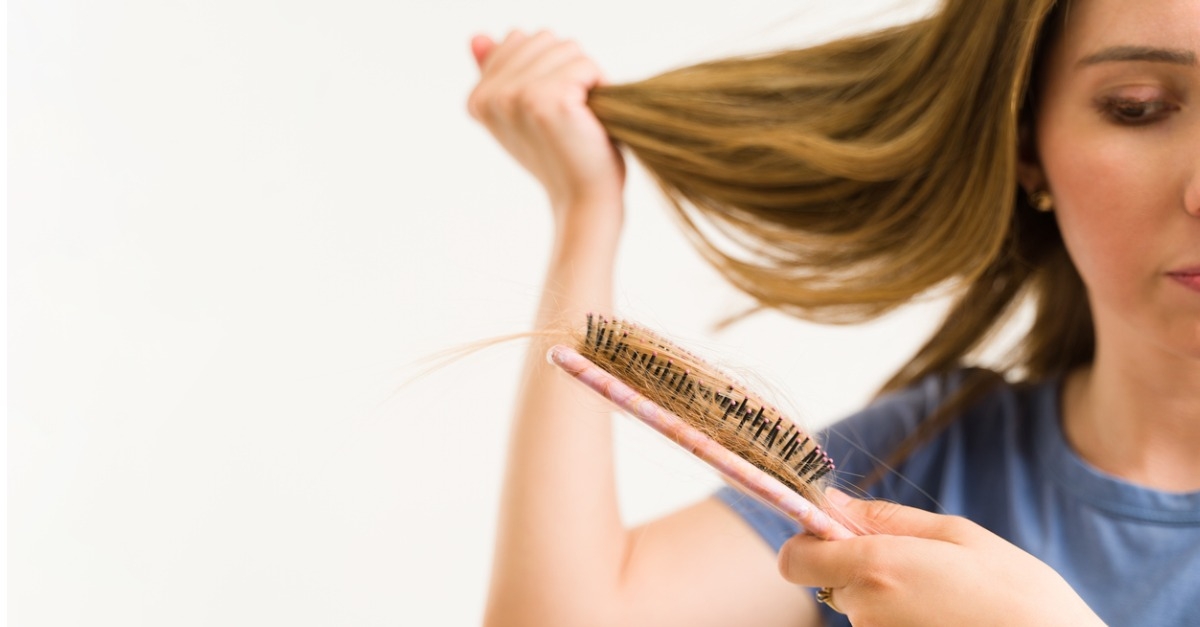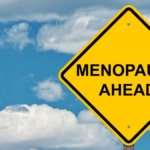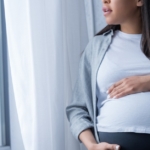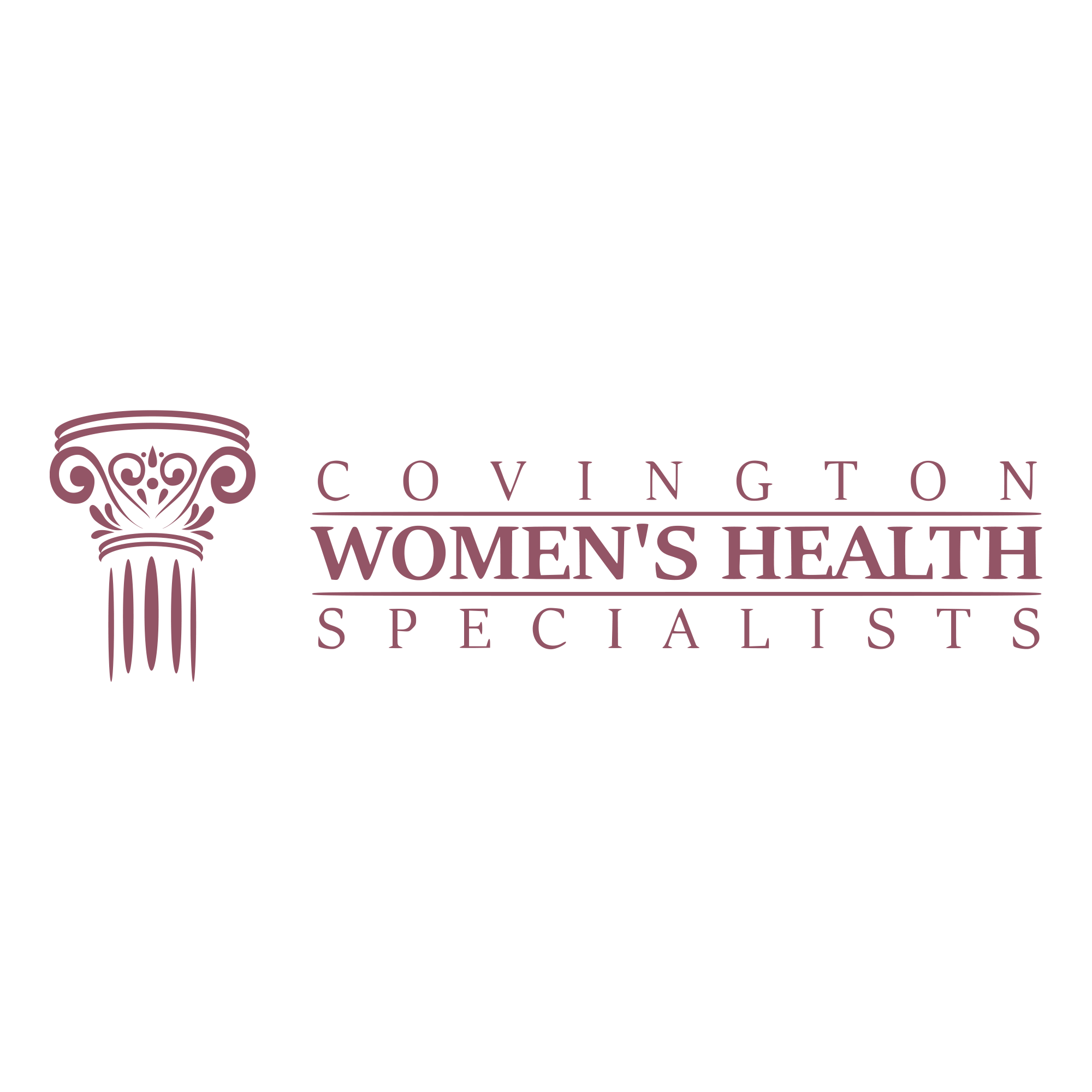Postpartum Hair? How to Cope with the Loss
Most women expect their bodies to change in significant ways during pregnancy and after birth. (Growing and birthing a human are remarkable feats, after all!) But it can be surprising to discover just how pronounced an effect pregnancy can have on virtually every area of the body — including your hair.
If you feel as if you’ve started shedding more hair after having a baby, you’re not alone. The American Pregnancy Association confirms that 40% to 50% of women experience hair loss during or after pregnancy.
We understand that simply knowing that this is a common situation doesn’t make it any less upsetting. So, here’s what you should know about this frustrating postpartum symptom.
Why Does Postpartum Hair Loss Occur?
While the average person will shed between 50 and 100 hairs a day, shedding often slows down significantly during pregnancy. Both estrogen and progesterone keep hair follicles from shedding their individual strands of hair. When these hormone levels change during pregnancy, women often end up with thicker hair, because they’re simply losing less. So, when their hormone levels go back to normal postpartum, there are nine months’ worth of hair follicles that are all ready to lose their strands.
This normal, post-pregnancy process typically peaks four months after giving birth, though it can start anywhere between one to six months postpartum and may continue for a period of up to 18 months. Though many women experience regrowth earlier, no matter how long it lasts, unlike other types of hair loss, dermatologists note that postpartum hair loss is temporary.
How to Deal with Postpartum Hair Loss
While you certainly don’t have to do anything to address it, you may feel more like yourself by tweaking your hair care regimen until your mane regains its fullness. Here are a few tips to try.
Continue taking prenatal vitamins.
Certain vitamins in your prenatals may help to sustain nail and hair growth after giving birth. Folic acid, in particular, can be helpful for promoting healthy hair.
Try a new style.
Many women find that postpartum hair loss is most noticeable right at the start of the hairline. Switching up your part may be enough to cover up the areas where the hair loss seems most pronounced. Or, consider taking a few inches off the length to create the illusion of fullness.
Switch up your routine.
When you’re already shedding hair, it’s a good idea to do what you can to avoid even more hair loss. To that end, try to use a gentler styling routine whenever possible. Instead of using a curling iron, which can lead to damage, try braiding your strands while they’re damp for heat-free waves. Similarly, allow your hair to air dry whenever possible in lieu of blow drying. Be extra cautious when drying your hair; consider using a microfiber towel or t-shirt instead of roughing up your hair with a regular towel.
Modify your diet.
One 2017 study has linked accelerated hair loss to low protein intake. But eating a nutrient-rich diet is beneficial in many ways — particularly while breastfeeding — so consider addressing any nutritional gaps in your diet. If you’re concerned, you could also ask your doctor about having blood work done to check for vitamin deficiencies.
While hair loss is a normal part of postpartum hormone changes, we’re here to help with any health concerns you may have through pregnancy and beyond. To discuss any women’s health topics with our providers, request an appointment online or by calling (770) 385-8954.








